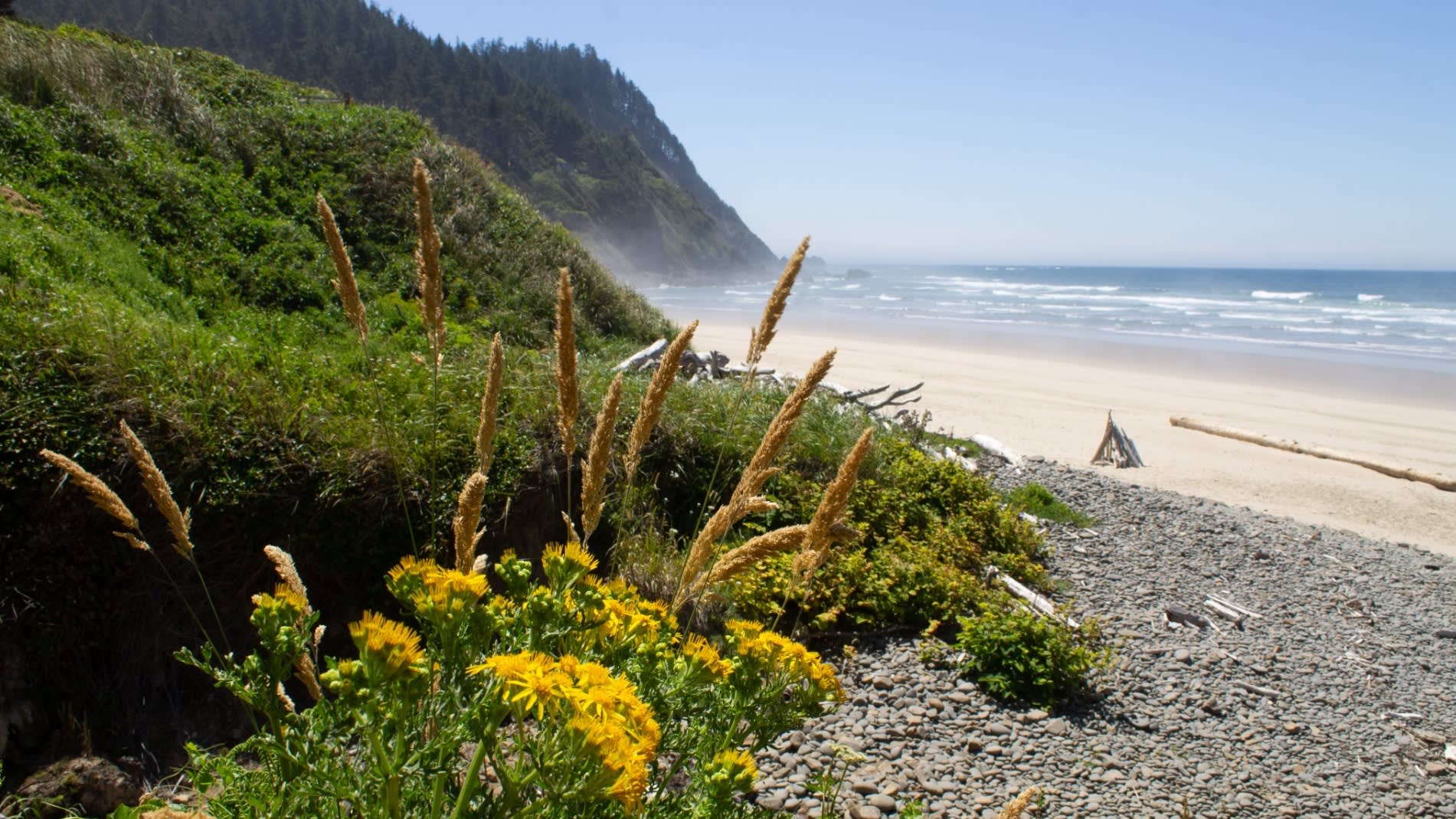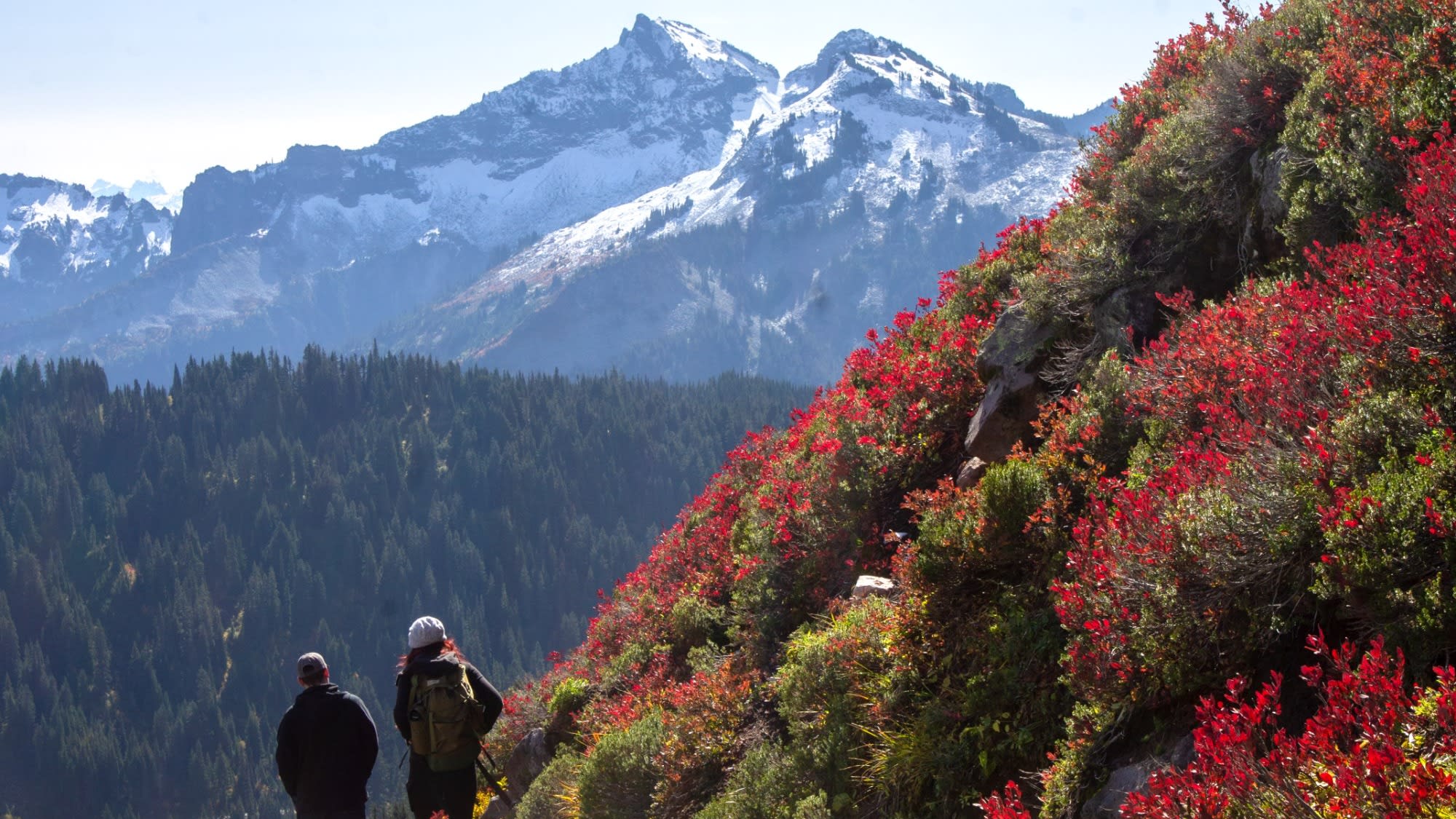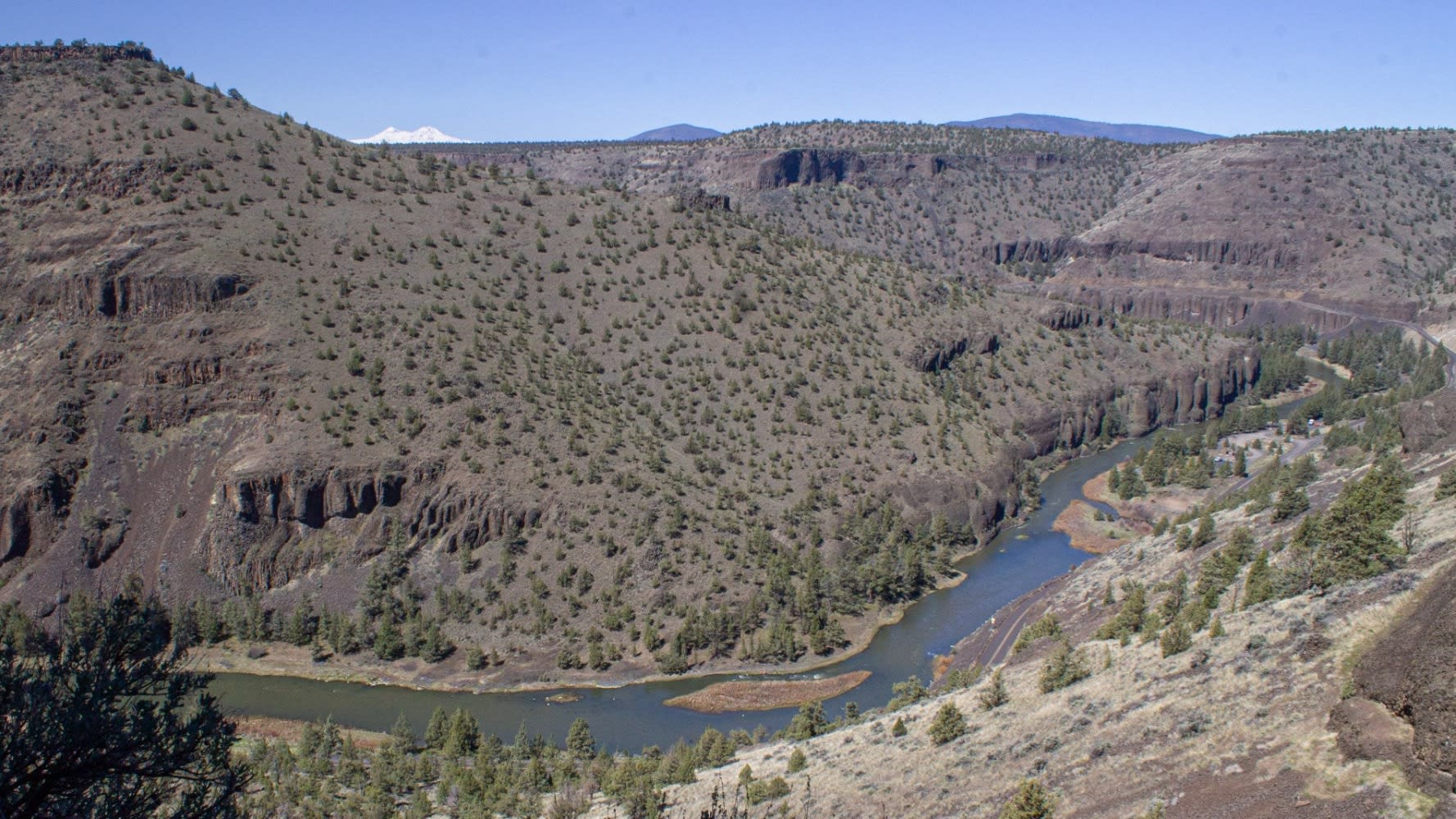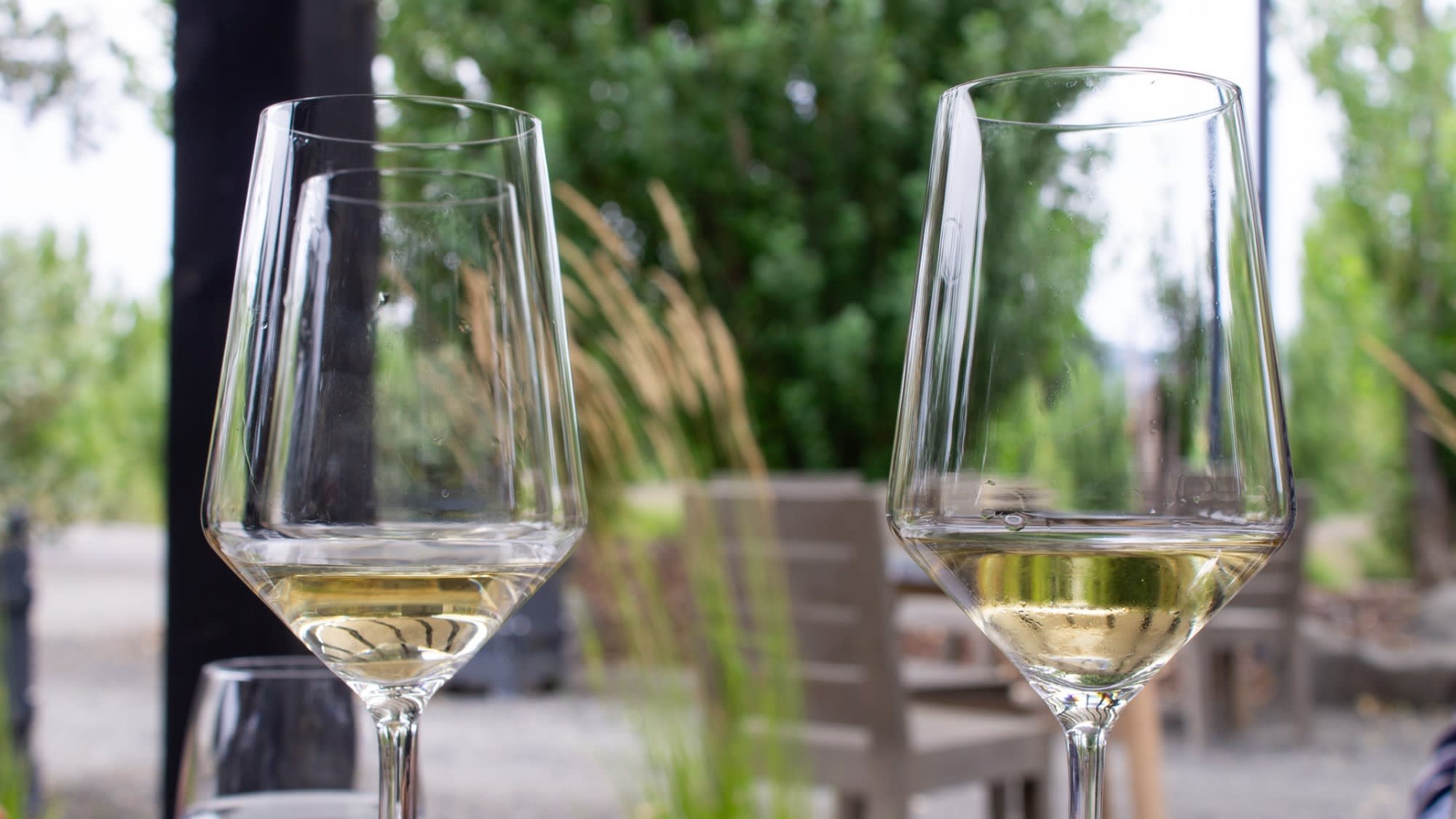Where should you take your next Pacific Northwest vacation?
Take the quiz to see which destination is right for your next trip based on your travel style and preferences.

Submit Email
Add your email address to see your results. You'll be subscribed to the mailing list and receive occasional seasonal updates. You can unsubscribe at any time.
You belong at the Pacific Ocean, you lucky devil. From Washington's Olympic Peninsula to the Samuel Boardman Corridor in southern Oregon, the Pacific Northwest coastline has over 500 miles of stunning beaches, towering cliffs, and coastal rainforests to explore. Rocky beaches are great places to look for tidepool life, like those around Cannon Beach, Yachats, Bandon, and northern Washington. Long sandy beaches, like the ones around Long Beach and Florence, are perfect for meditative walks, sand castles, and kite flying. Expect to see tons of cool wildlife wherever you go. For whale watching, you can't beat the central Oregon Coast.
For inspiration, check out the blog for suggestions about the Pacific Coast.
Tips for traveling on the coast:
- The weather can change quickly. Bring layers, with everything waterproof that can be. If it's raining, don't despair. Even the wettest days often have a break in the rain long enough for a quick trip to the beach.
- Summer usually has the best weather. It also means the most crowds. Avoid the masses by traveling during the off-season, on weekdays, or in less-populated areas. Even during peak season, the southern Oregon Coast won't be crowded.
- Check the tide forecast for the day. The tide level will tell you when you can find tidepools on the beach and ensure you don't get stuck on the wrong side of a headland. Never turn your back on the ocean and watch for sneaker waves.

Congratulations—you belong in the Cascade Mountains! This 700-mile mountain range across Washington and Oregon is all about drama. Well, geologically speaking, that is. It's a land of active volcanoes, snow-capped peaks, and waterfalls. Expect rugged features like glaciers and lava rock alongside delicate ones like high-elevation wildflowers. You are ready to see it all, dauntless mountain explorer. You don't shy away from a hike and are willing to work up a sweat for a great view. Vistas await, both at the famous peaks like Mount Rainier or some of the less-traveled destinations like the North Cascades or Mount Adams.
For inspiration, check out the blog for suggestions in the Cascade Mountains.
Tips for traveling in the mountains:
- Prepare for the possibility of snow at higher elevations from around November through April. If you travel in the mountains in the winter, carry tire chains or use traction tires. Bring a 4WD vehicle.
- The forest service roads in the mountains can get rough. Reaching some destinations and trailheads requires a high-clearance vehicle.
- Research if you need a recreation pass before heading out. There may not be a way of buying one once you arrive. I learned this lesson the hard way. A Northwest Forest Pass or America the Beautiful Pass is required at many areas in the Cascade Mountains. I recommend keeping one in the glove compartment.

Great news, you belong in the high desert! East of the Cascade Mountains is a land of hidden gems and geologic marvels. You love the roads less traveled and are ready to seek them out. Far from being a barren flatland, the deserts of the Pacific Northwest are full of wildlife, Ponderosa pines, ancient juniper trees, and wildflowers. It's a place where out of nowhere you might stumble upon a giant canyon or a haunting ghost town. The curiosities continue underground, like the mile-long lava tube at Newberry National Volcanic Monument. You won't find big cities here, but charming small towns like Sisters or Joseph, Oregon, make for great home bases during your travels.
For inspiration, check out the blog for suggestions in central and eastern Oregon.
Tips for traveling in the high desert:
- Expect more sunny days here than in the western parts of Washington and Oregon. Bring plenty of water, sunscreen, and hand lotion.
- This area can get pretty remote, especially as you get farther east. I once drove through southeastern Oregon for hours without seeing any signs of human development besides the road. No stores, no street lights, no other cars. Prepare to be as independent as possible when you're traveleing.
- Many trailheads are along rough roads. Research your destination before heading out. You may need a high clearance vehicle to reach certain trailheads.

Great news! You're due for a trip to wine country. Whether it's the delicate Pinot Noir of the Willamette Valley or the big reds of the Columbia Valley, the Pacific Northwest has great wines in beautiful places. For one of the wine world's hidden gems, take a trip to southern Oregon to try the wines of the Applegate Valley. Wherever you end up, you can find wonderful small-scale producers that focus on quality and respect for the land. Expect rolling hills of vineyards, cozy tasting rooms, and some irresistible patios. While you can find some opulent tasting rooms, there are still plenty of laidback, family-owned spots with phenomenal wine.
For inspiration, check out the blog for suggestions in wine country.
Tips for traveling in wine country:
- Some wineries require reservations, especially those in the Willamette Valley on the weekend. Book ahead of time to make sure you'll get a seat in the tasting room.
- Have a plan for driving, like bringing a designated driver or taking a wine tour. If you're traveling with a group, you can rotate who drives by having one person sit out a tasting at each location. Wine country is more about quality than quantity.
- Drink plenty of water and have a plan for food. Many wineries serve food. Others are close to some excellent restaurants.
